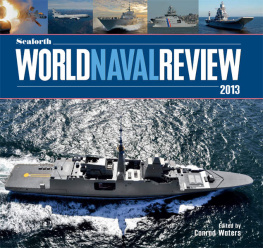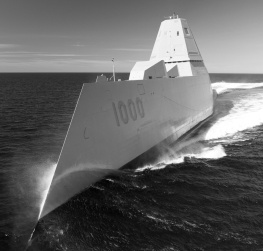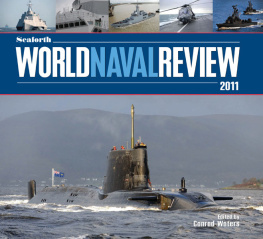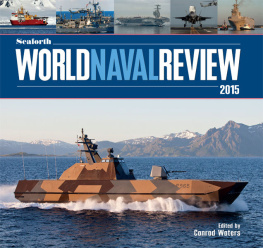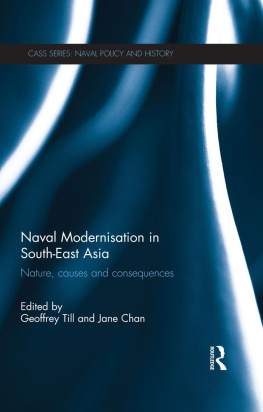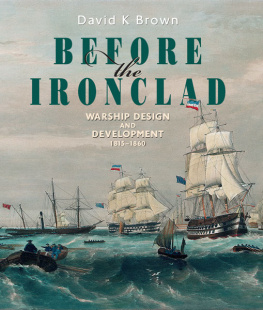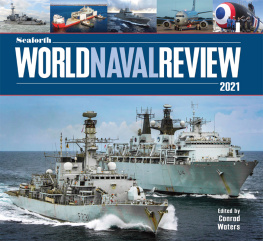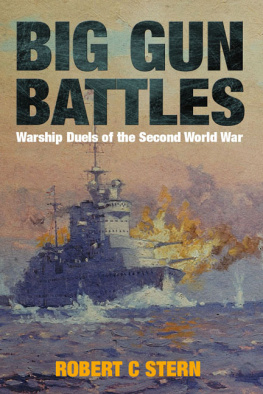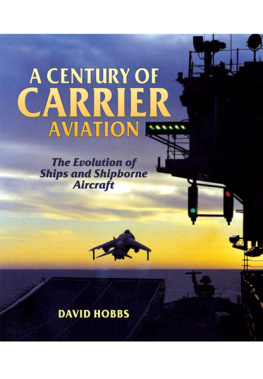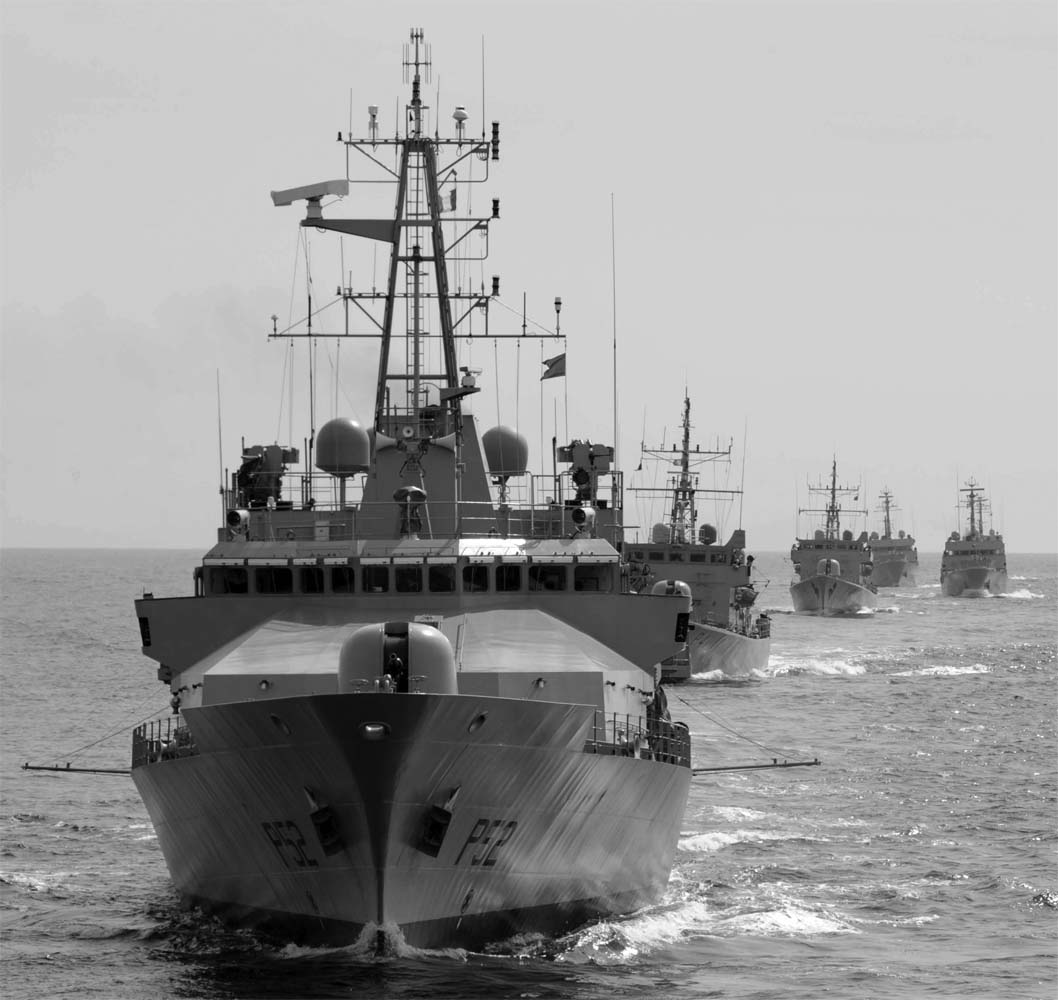
The Irish Naval Service on exercises. The service is proud that the Irish Government has recognised the importance of the fleet by maintaining a programme of replacement construction in spite of the countrys financial difficulties. A detailed review is provided in . (Defence Forces Ireland)
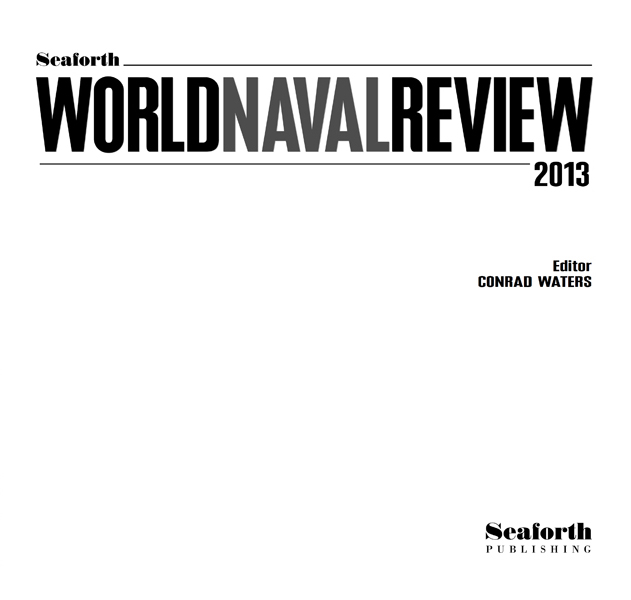
The editor welcomes correspondence and suggestions from readers.
Please contact him via Seaforth at info@seaforthpublishing.com.
All correspondence should be marked FAO: Conrad Waters .
Copyright Seaforth Publishing 2012
Plans John Jordan 2012
First published in Great Britain in 2012 by
Seaforth Publishing
An imprint of Pen & Sword Books Ltd.
47 Church Street, Barnsley
S Yorkshire S70 2AS
www.seaforthpublishing.com
Email info@seaforthpublishing.com
British Library Cataloguing in Publication Data
A CIP data record for this book is available from the British Library
ISBN 978-1-84832-156-4
eISBN 9781473808331
All rights reserved. No part of this publication may be reproduced or transmitted in any form or by any means, electronic or mechanical, including photocopying, recording, or any information storage and retrieval system, without prior permission in writing of both the copyright owner and the above publisher.
The right of Conrad Waters to be identified as the author of this work has been asserted in accordance with the Copyright, Designs and Patents Act 1988
Note on Tables: Tables are provided to give a broad indication of fleet sizes and other key information but should be regarded only as a general guide. For example, many published sources differ significantly on the principal particulars of ships, whilst even governmental information can be subject to contradiction. In general terms, the data contained in these tables is based on official information updated as of June 2012, supplemented by reference to a wide range of secondary and corporate sources, such as shipbuilder websites.
CONTENTS
Section 2: World Fleet Reviews
Richard Beedall highlights how the Naval Service has justified its existence in a time of austerity.
Enrico Cernuschi & Vincent P OHara describe the consistent themes guiding the Italian Navys development since the end of the Second World War.
Section 3: Significant Ships
The editor considers the significance of Frances new multi-mission frigate.
Scott Truver analyses the importance of Bertholf (WMSL-750) and her sisters to Coast Guard fleet renewal.
Guy Toremans reviews Germanys littoral combat ship design as the class enters operational service.
Mrityunjoy Mazumdar assesses the design and industrial significance of Indias new stealth warships.
Section 4: Technological Reviews
David Hobbs provides his annual review of maritime air power.
Norman Friedman details how a low-cost, incremental approach has given the US Navy the right weapon system at the right time.
OVERVIEW
INTRODUCTION
H e who knows when he can fight and when he cannot will be victorious, wrote the famous Chinese military strategist Sun Tzu, author of the influential The Art of War . This maxim appears to be exerting particular influence on Austerity Americas military and maritime strategy as it embarks upon a period of retrenchment to rebuild government finances dented by the global financial crisis and drained by the long war against terror, most notably in Iraq and Afghanistan.
The United States defence budget continues to dwarf that of any other nation by a considerable factor, as demonstrated by the comparative data set out in This holds out the prospect of a steady diminution of US military hegemony to an extent not seen since the height of the Cold War.
Whilst the United States response to this threat to its supremacy has been multi-faceted, the overall result has been a significant shift in priorities that will have considerable implications for the world naval balance in the years ahead. A common theme that is steadily emerging is a hard-headed focus on maintaining investment in defence assets which are most critical to US military superiority whilst giving priority to those potential theatres of operation that are paramount to the countrys global political interests. At the same time, missions where the US is unlikely to achieve ultimate success, and regions that are perceived as having only peripheral significance to its interests are being de-emphasised. This approach is most evident in the rapid drawdown of US Department of Defense supplemental funding for Overseas Contingency Operations, as the expense and impracticality of imposing a military solution on countries such as Afghanistan gives rise to alternative approaches. This is being accompanied by a more fundamental realignment of force structures away from the land-based forces required for protracted stabilisation operations.
Table 1.0.1: COUNTRIES WITH HIGH NATIONAL DEFENCE EXPENDITURES 2011
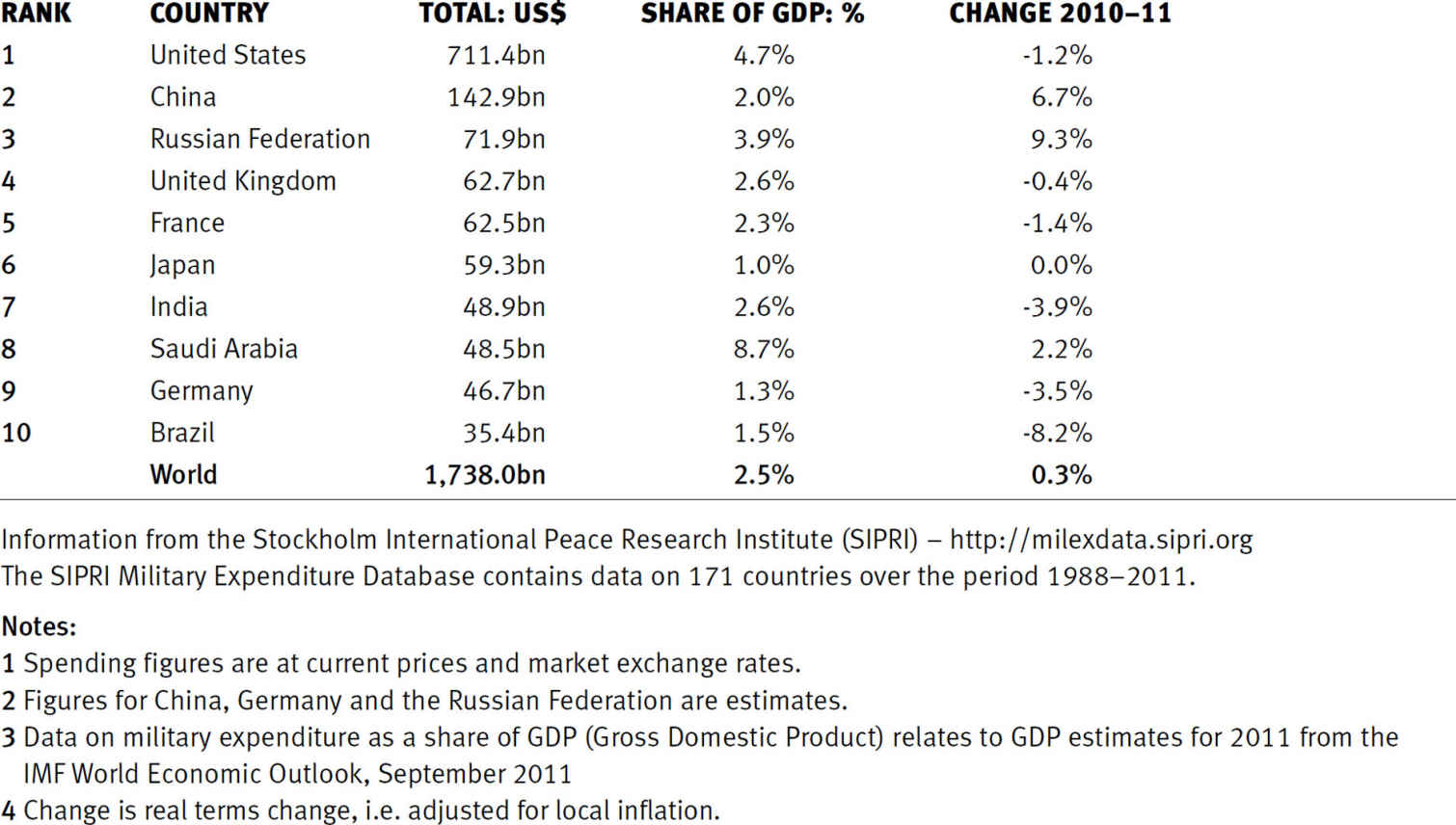
The overall reduction in US defence resources means that the traditional two-war force structure that had shaped post Cold War force levels has been abandoned in favour of a configuration which is designed to deter conflict in one region whilst the military is actively engaged in another. This places a premium on power projection type assets that are capable of rapid deployment. Consequently, the US FY2013 defence budget request largely protects investment in air and naval assets with these attributes, such as aircraft carriers, large deck amphibious ships, submarines and long-range bombers. These are seen as being essential in ensuring US victory in any future conflict.
Although the US military will continue to contribute to security globally, the new US Presidential Strategic Guidance issued in January 2012 makes it clear that the rebalancing of its capabilities towards the Asia-Pacific region, which is already well underway, will continue. This clear statement of priorities followed President Barack Obamas November 2011 address to the Australian Parliament, when he declared that the United States will play a larger and long-term role in shaping this region and its future. Indeed, the last twelve months have seen a steady stream of initiatives designed to counter the perceived threat to US regional interests posed by an emergent China. These have doubtless been given added impetus by the Chinese Peoples Liberation Army Navys (PLANs) progress in refurbishing the former Soviet carrier Varyag . The ships lengthy progress towards completion took a major step forward in August 2011 when she finally embarked on initial sea trials.
Prominent amongst recent US moves to reinforce its Asia-Pacific presence has been the arrival of an initial contingent of US Marines at Darwin in Australias Northern Territory in April 2012. This forms part of a plan that could eventually see up to 2,500 troops being based there on rotational training deployments by 2017. Meanwhile, the first US littoral combat ship, Freedom (LCS-1) will arrive in Singapore in spring 2013 for berthing trials that could herald four of the new warships being assigned to work with the island republics navy. There have also been discussions with the Philippines about an enhanced American presence, whilst Australias Cocos Islands have been mooted as a base for unmanned surveillance drones. Most of these initiatives involving comparatively modest force levels have limited military significance in their own right. Instead, they should be seen more as confidence-building measures in respect of US commitment amongst key regional partners.
Next page
